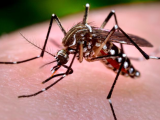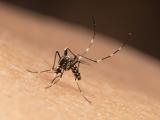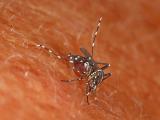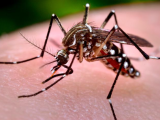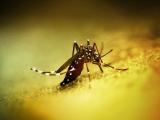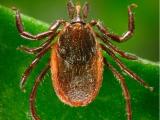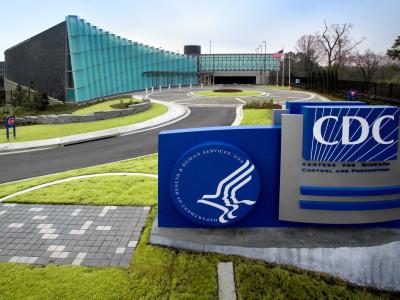Globalization, urbanization, and climate change have significantly raised the risk of "explosive, unpredictable" outbreaks of the mosquito-borne disease chikungunya, which disabled millions and likely amassed close to $50 billion in healthcare and disability-related costs in 110 countries from 2011 to 2020, researchers report in BMJ Global Health.
The first documented outbreak of the viral illness occurred in Tanzania in 1952. But over the past 20 years, climate change has allowed its vectors, Aedes aegypti and Aedes albopticus mosquitoes, to thrive in expanded geographic areas, posing threats to both developed and developing countries, the study authors noted.
Chikungunya causes fever, severe joint pain, rash, and fatigue. While most cases are self-limited, the disease can affect neurologic and cardiovascular systems, leading to poor outcomes, including death. In some cases, chikungunya can result in debilitating chronic problems such as joint pain, which can significantly diminish quality of life.
Latin America, Caribbean hardest hit
Because chikungunya prevalence is likely underestimated owing to misdiagnosis, poor testing infrastructure, and low healthcare access, the researchers analyzed data for 2011 to 2020 and modeled the results.
Data sources were the Programme for Monitoring Emerging Diseases, local ministries of health, the Pan American Health Organization, the European Centre for Disease Prevention and Control, the US Centers for Disease Control and Prevention, and the World Health Organization's CHOICE program.
The team also estimated both direct costs (eg, testing, hospitalizations, outpatient care, drugs) and indirect costs (eg, inability of patients and caregivers to work).
Most chikungunya infections (nearly 15 million) were reported by Latin America and the Caribbean. Brazil (3.2 million), the Dominican Republic (2.7 million), and French Polynesia (1.6 million) documented the most cases. Central and Eastern Europe and Central Asia had the fewest cases, with 202 in six countries, mainly attributed to travel from endemic areas.
Worldwide, an estimated 13,000 (range, 2,242 to 336,286) people died of their infections. Cases peaked at 8.7 million in 2014 amid outbreaks in the Dominican Republic, Guadeloupe, French Polynesia, French Guiana, and several other islands.
Estimated loss of $50 billion
The estimated number of disability adjusted life years (DALYs)—or years of life lost due to illness, disability, or death—was estimated at 1.95 million, representing an average yearly loss of 195,000. Most DALYS (76%) resulted from chronic diseases, while acute illness made up the remaining 24%.
Especially in combination with its unpredictable nature, chikungunya could significantly impact local health systems.
DALYs peaked in 2014 to 2016, at 913,000, 432,000, and 262,000, respectively, because of major chikungunya outbreaks. A second peak occurred in 2019, with 131,000 cases. Most DALYs (80%) were reported by Latin American and Caribbean countries, followed by Southeast Asia, East Asia, and Oceania, which made up 12% of cases. Brazil contributed 329,000 DALYs (17%) of the global total from 2011 to 2020.
The estimated financial toll of chikungunya was $49.9 billion, with $25.1 billion spent on chronic disease and $24.8 billion on acute illness over the study period.
Direct costs totaled $2.8 billion (6%), and indirect costs tallied $47.1 billion (94%), with lost workdays the main driver of both types. The average cost of each case worldwide was $2,700. Latin American and Caribbean countries absorbed most of these costs.
"Especially in combination with its unpredictable nature, chikungunya could significantly impact local health systems," the researchers wrote. "Insights from this study could inform decision makers on the impact of chikungunya on population health and help them to appropriately allocate resources to protect vulnerable populations from this debilitating disease."

